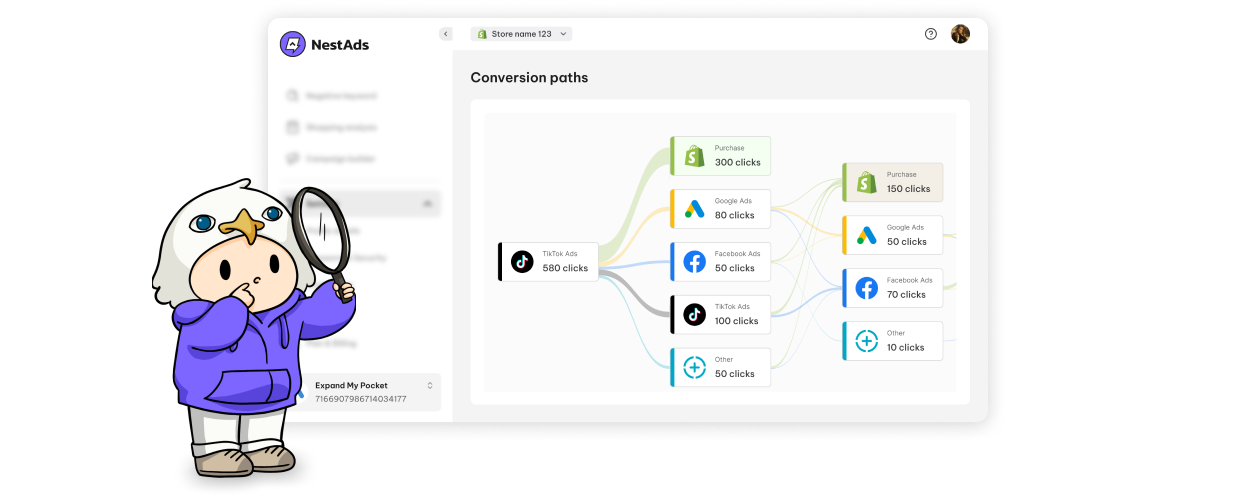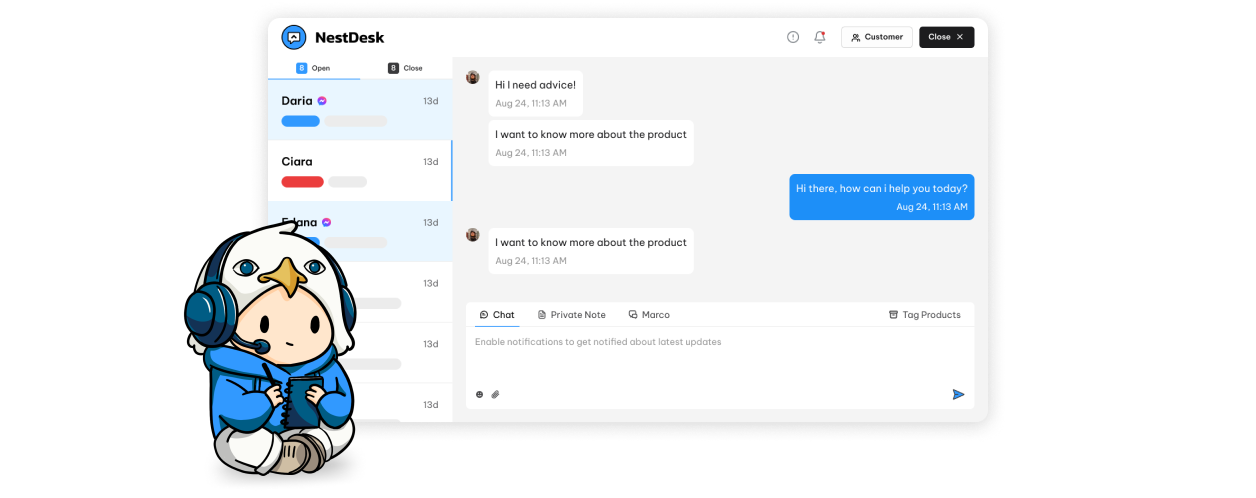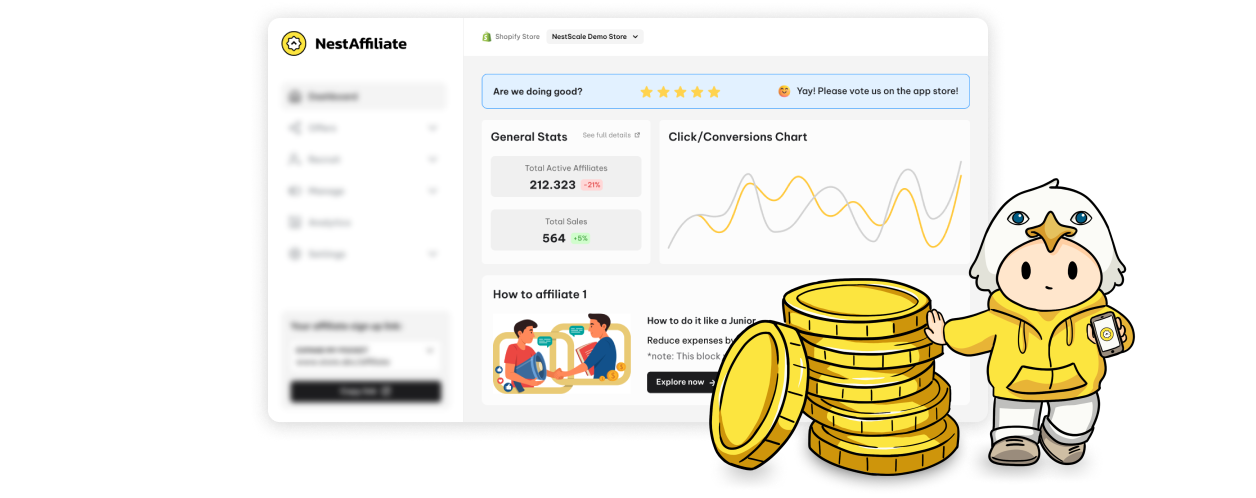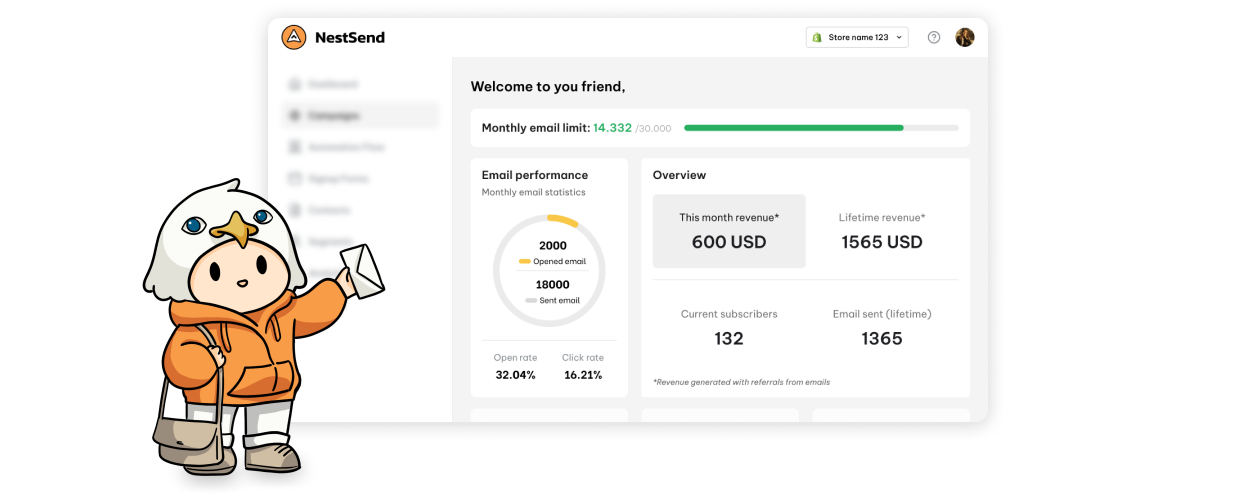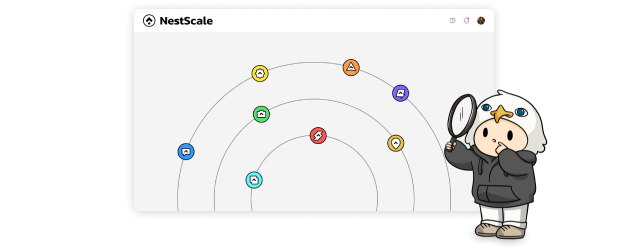What is pages per session metric?
Pages per session is a web analytics metric that measures the average number of pages a visitor views during a single visit before exiting the site.
This metric helps brands assess user engagement and navigation efficiency, indicating whether visitors are exploring multiple products, categories, or content pages.
Example:
A visitor lands on your homepage → checks a product page → visits the FAQ section → then exits.
If this happens consistently, your pages per session = 3.
Why is pages per visit important?
Monitoring pages per visit helps businesses understand user behavior and improve site performance.
- Measure engagement: A higher number suggests that visitors find your content valuable and explore multiple sections.
- Improve conversion: The more pages a user views, the higher the likelihood of making a purchase.
- Enhance SEO: Google considers engagement metrics like pages per visit when ranking sites, improving organic visibility.
- Identify UX issues: A low pages-per-visit metric might indicate poor navigation, weak content, or ineffective CTAs.
How to calculate pages per session?
Formula
Pages Per Session = Total Page Views Total Sessions
Example:
- Total page views: 50,000
- Total sessions: 10,000
Pages Per Session = 10,000 / 50,000 = 5
This means the average visitor browses 5 pages per visit on your e-commerce site.
What’s the good pages per visit?
The average pages per visit for e-commerce websites typically ranges from 1.8 to 4.4 pages. (Source: Littledata)
💡 A page per session below 1.8 is often seen as a sign of poor engagement. It may indicate that your users are not finding what they need or experiencing navigation issues.
Checklist 5 things to improve pages per visit
- Suggest related products and categories on product pages.
- Implement breadcrumbs to help users navigate back to key sections easily.
- Encourage visitors to explore more with buttons like “Discover More” or “Shop the Collection”
- Use AI-powered product recommendations based on browsing history to keep users engaged.
- Use tools like Google PageSpeed Insights to test and optimize page load speed.





